#we are indian
Explore tagged Tumblr posts
Text

77th Independence Day of INDIA.
0 notes
Text
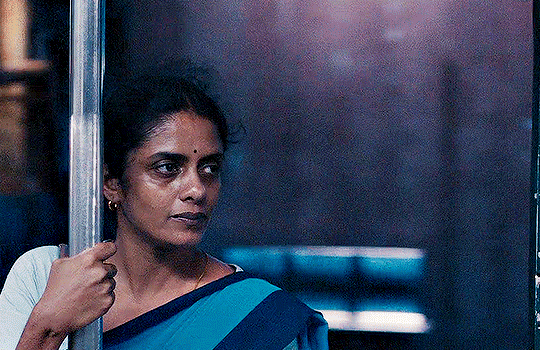

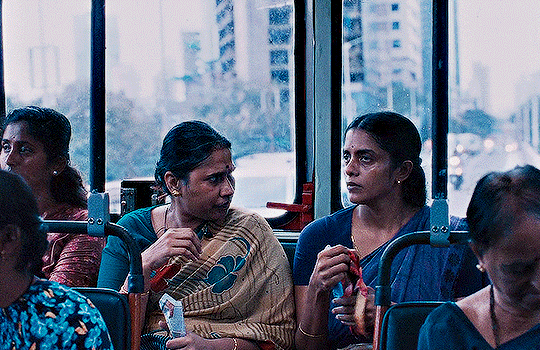
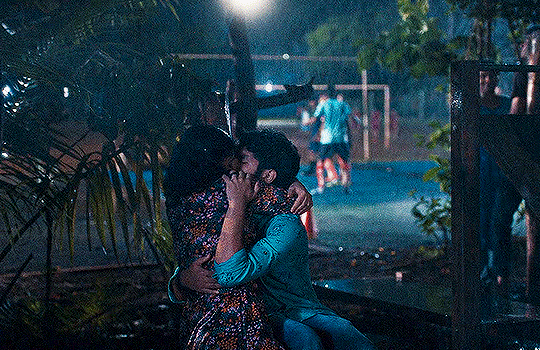
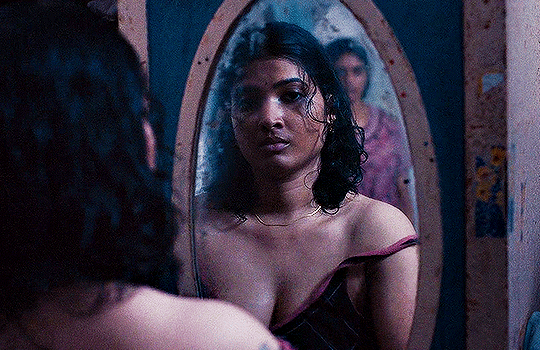

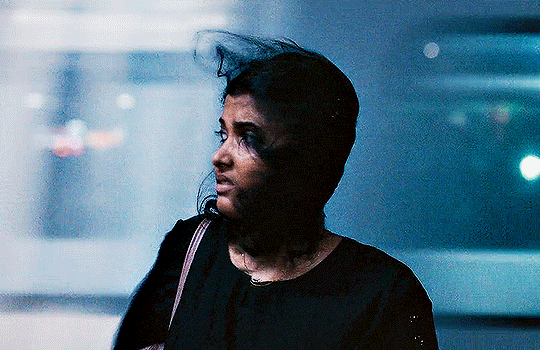
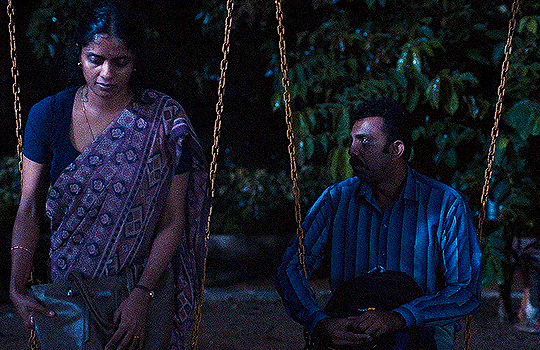


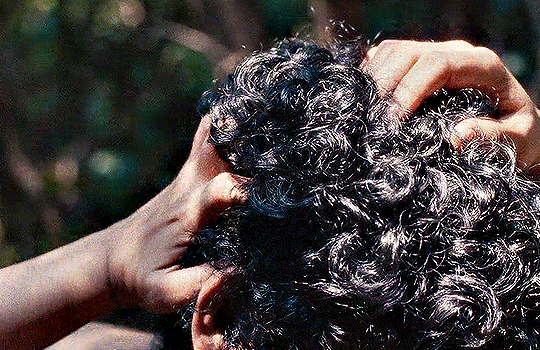
All We Imagine as Light (2024), dir. Payal Kapadia
#all we imagine as light#payal kapadia#filmedit#gifs#filmgifs#ok still not the best quality but!#dailyworldcinema#women directors#fyeahmovies#kani kusruti#divya prabha#chhaya kadam#hridhu haroon#azees nedumangad#indian cinema
679 notes
·
View notes
Text
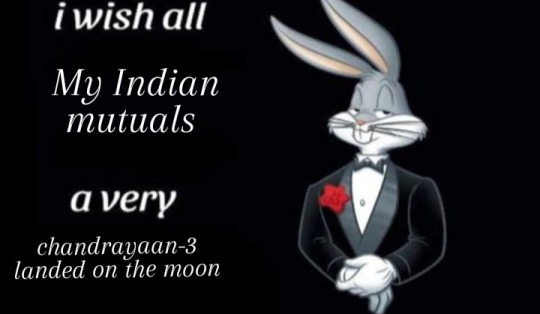
Hi we did it
#someone make a better version pls#we made it#congrats#chandrayaan3#chandrayaanlaunch#india#indian#fun fact that my dad wants you to know: chandra in hindi means moon#hes very excited and its very cute :))
5K notes
·
View notes
Text

We are in a bad way
#We are in a bad way#genocide joe#biden administration#joe biden#president biden#biden#anti joe biden#anti donald trump#blue maga#donald trump#crooked donald#fuck trump#traitor trump#trump#maga morons#fuck maga#magats#maga cult#maga#usa is a terrorist state#usa news#usa#usa politics#american indian#american#america#amerika#amerikkka#united states#unitedstateofamerica
939 notes
·
View notes
Text




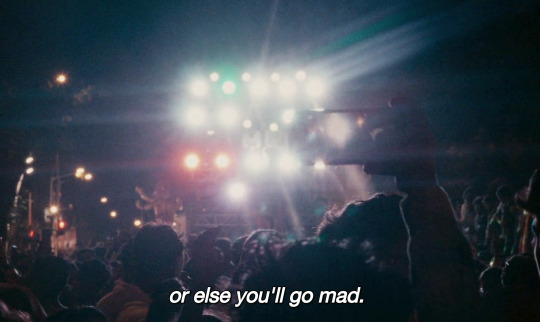
All We Imagine as Light (2024 🇮🇳) directed by Payal Kapadia
349 notes
·
View notes
Text
IMAGINE YOURSELF.
TELL ME OF YOURSELF.
WHAT IS IT YOU WANT?
and here is some close ups from the still frames with no filters !



#the magnus protocol#the magnus archives#tmagp#tma#jonah magnus#martin blackwood#jonathan sims#chester tmagp#augustus tmagp#norris tmagp#''is that martin blackwood?'' yes he is a brown indian man to me#''did u forgot the pc mouse?'' yes i did#god im still not sure about jonah's design i havent drawn him a lot#anyways tmagp 22 was really good im so excited for the next ep !!!#btw as i was editing the text i realised one of the 'I's was in quotation marks which made me think of the spelling of 'I'#and we get ''I am EYE'' on that part and it is really cool oh man i love this podcast#also i made it into a video bcs the gif version was like 10MBs and that was SHITTTYYYY#hmm i just realised i never posted on here my tma designs..... maybe one day <- still unsure about tim's design#my art
450 notes
·
View notes
Text
to all Indians on this website, just because the trade union has refused to load and unload weapons to Isr*el from Indian ports doesn't mean the fight is over. we still need to pressurize the government to demand permanent ceasefire and to stop funding Isr*el in every way possible. so keep protesting, keep boycotting, keep donating to Palestinians. and remember we still need to fight for decolonization of Kashmir. so please dont stop talking about this!!
#non-indians please feel free to reblog this we cannot stop talking about Palestine and Kashmir#palestine#current events#india#kashmir#free palestine#free kashmir#gaza#free gaza
836 notes
·
View notes
Text
Vishnu, after knowing someone's got a very funny boon: READ YOUR CONTRACT FOLKS AND DON’T GET SCAMMED BUT IF YOU’RE A DEMON BE SURE AS HELL BITCH I’M GONNA LOOPHOLE THE FUCK OUT OF IT.
#like work.#better call saul whom bitch? its better call narayan now#if indian society was funny we could have had a show called the preserver where vishnu just loopholes the fuck out of demons#incorrect hindu mythology#incorrect mahabharat quotes#medu rambles#desiblr#hindu memes#mahabharat memes#hindu mythology#vishnu#krishna#“i preserve” *tame impala just blasts in the background*#prophetic visions of the femme julius ceasar
618 notes
·
View notes
Text






FAVORITE BOLLYWOOD SOUNDTRACKS 1/∞: Jab We Met (2007)
#jab we met#kareena kapoor#shahid kapoor#bollywoodedit#favorite bollywood soundtracks#favorite bollywood movies#desi cinema#southasiansource#desi movies#filmgifs#indian cinema#dailyworldcinema#worldcinemaedit#dailybollywoodqueens#mine#happy 17 years of jab we met yall#filmyshilmy
151 notes
·
View notes
Text
Im soooo weak to when Bond is like casually being used or exploited at his expense for some ostensible Greater Good except the situation doesn't HAVE to come to that, not really, and he's so inured and even numb to it that he barely pays it any mind; meanwhile, Q absolutely minds and is very indignant on his behalf and works overtime to like either try to avert or forestall the situation before it gets to the point where Bond has to dig his own claws into more of his soft underbelly to offer up on the sacrificial alter of politics of all tawdry things, or to manufacture a way in which he does the needless "needful" so as to spare Bond at least one unnecessary additional wound upon his psyche.
bonus if Bond finds out and maybe after being angry or indignant about it - I don't need you to do my job for me, Q, this is what I'm here to do - and either Q tells him/lets slip or he deduces that like, this isn't Q thinking he can't get the job done, this is Q finding him precious and worthy of protecting, and like. he's just very in awe of that and does in fact feel very safe and cherished within the cradle of his Quartermaster's regard
#00q#of like... yes it's constant surveillance. but also it's like. constantly having a companion & constantly having an all-seeing eye#looking out for you and reaching out to influence your life#I'd imagine it's very like religion (*puts a Bond thought bubble on this*)#it's the Take Me to Church-ism of it all#lmao I didn't start this off as a web-weaving but now I'm weaving it into a web#but yeah in this fic - looked it up it's Playing the Part - this other rando agent is like. is he in your ear rn? the Quartermaster?#and the guy is like. I don't know how you handle it‚ being under his watch all the time. I know he's supposed to be your guardian angel but#I hope I never come to his attention‚ I don't want him to care enough to know a thing about me.#and it's sooo so interesting in the context of Q and this like. pathological need for omniscience we often assign him#cuz yeah it COULD be very oppressive and overbearing#but like. I think it complements Bond's Ambiguous Disorders a lot bc it WOULD read to Bond as Caring#like so much of his life doesn't belong to himself anyway so a lot of the puppeting is old hat#but what a novelty to have someone who does it not because they want something from him or because of what he can do for them#but because they care so deeply about *him* as to want to do right by him and look out for his well-being#also sidebar'ing back but like there's a lot stupid about Business English but 'do the needful' is probably one of if not THE dumbest thing#I've ever heard or seen in my life. like. absolute epitome of garbage bullshit bureaucracy-speak nonsense and I know I'm getting into dicey#territory cuz despite whatever origin it may have had it's seen more today as an Indianism. but still like in and of itself it's such#a dumb phrase. and speaks to such a height of bureacracy & it's like. you don't have to say it like that. there are other words you can use#okay anyway. back to 00q#somehow I've brought this into 'blasphemy but make it sexy. as a treat' lmao but yeah... Q as Bond's wrathful & jealous God....#WAIT another web weaving. Ulysses when Bond is like. no not a guardian angel. Q is his patron deity his household god. mm yes *chefs kiss*
119 notes
·
View notes
Text




(on Roger Federer) “I think I came on tour a bit…a bit late, so I haven’t seen him in real life at all. Y’know, at least to see him in real life, y’know to…to touch him, to see if he’s real…so yeah, that would be great!” - MIRRA ANDREEVA (x)
#come to think about it . who exactly is this ‘roger federer’ character we speak of /j#tennis#wta tennis#tennisedit#mirra andreeva#indian wells 2025#i will warn you that if you watch the video the first person they interview is zverev (ew)#so zverev warning for the video as a whole !#mirra wasn’t the only one to say roger: so did iga and qinwen!#ciara.gif
64 notes
·
View notes
Text
It should be mandatory for all Bollywood hits to have an Epilogue or at least a reference in the director's next movie about what the characters from the previous movie are upto years after the events of the movie.
Like I wanna know how Aditya Kashyap and Geet are doing 15 years into their marriage and if they ended up buying a house in the hills. I wanna know how Prem and Jenny from Ajab Prem Ki Gazab Kahaani are doing and if Prem made her VP of the Happy Club. I wanna know if Aisha and Sid from Wake Up Sid! ended up marrying and if she published her own book with his photography on its cover. If Aditi and Jai from Jaane Tu Ya Jaane Na have kids who they teach the steps of Pappu Can't Dance? If Bittu and Roshan from Delhi-6 got married and settled down in the same villa Roshan’s grandma brought him to? If Kavya and Humpty Sharma moved to the US eventually and opened their own wedding gown/lehenga shop. What country Naina and Bunny from Yeh Jawaani Hai Deewani are currently in. Did Om Kapoor end up marrying Sandy after Om Shanti Om? Or does he visit the burned site to meet Shanti everyday? So many questions.
#bollywood2#bollywood#movie#movies#film#films#jab we met#ajab prem ki gazab kahaani#wake up sid#humpty sharma ki dulhania#om shanti om#yeh jawaani hai deewani#jaane tu ya jaane na#aditya kashyap#geet dhillon#desiblr#desi#desi tumblr#desi tag#desi aesthetic#desi academia#south asia#south asian#hindi#urdu#india#indian
358 notes
·
View notes
Text
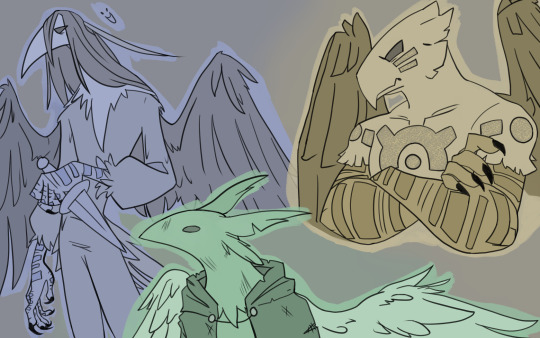
More voice designs! Here we have the Cold, Hunted, and the Stubborn!
These ones were very enjoyable to make and splash colors on. Kiri was absolutely awesome for these designs (though you will probably see later that these children were the favorites). Still trying to get ones out for all the voices but then we're just going to be making memes with our redesigns. I'll leave the ask box open soon if y'all want to give us some ideas we can steal on what to draw. Also, still posting WIP's for free on patreon if y'all wanna see some of these designs early.
#slay the princess#slay the princess fanart#voice of the cold#voice of the hunted#voice of the stubborn#radiating angelic. vaguely Indian. and tumblrmcsexyman vibes#please tell us your favorite design. we crave validation#You guys didn't notice it but we actually swapped out the hunted for a giant worm on a string#art#illustration
318 notes
·
View notes
Text




Iga Swiatek and Karolina Muchova practicing ahead of Indian Wells (Robert Prange)
#can’t believe we only get two photos of them in the same frame🙃#it’s a little funny that they are practicing when they could play each other soon#but it seeems they like practicing together🤷♀️#iga swiatek#karolina muchova#wta tennis#indian wells 2025#karoiga
53 notes
·
View notes
Text
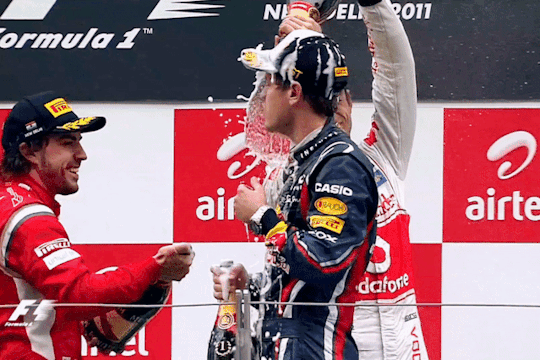

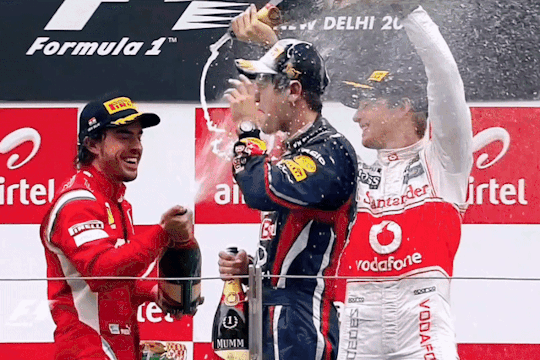
sobbing at how happy they all look
#THEYRE DRENCHING THEIR BOY HEHEHE#but god the way fernando is looking at him is just......insane#i am going to sob i am going to lose it#i love that ive kinda down two preliminary passes on 2011. one with sebson goggles on and then one w vettonso goggles#its just a lot of fun and i feel so crazy about them#fernando and jenson's smiles are going to brainrot me for a while i think#maybe ill post the pics from this specifically bcs theyre just as cute#as c said: this is the ideal wec team tbh(mark can be tp skljldks)#not pictured: when jense comes over and starts pouring it on seb ITS SO CYUTEEEEE#anyways yeah 2011 derangement so its a very typical day on the blog of catie skitskatdacat63#fernando alonso#sebastian vettel#jenson button#sebson#buttonso#vettonso#f1#formula 1#we do a little bit of f1#2011 indian gp
544 notes
·
View notes